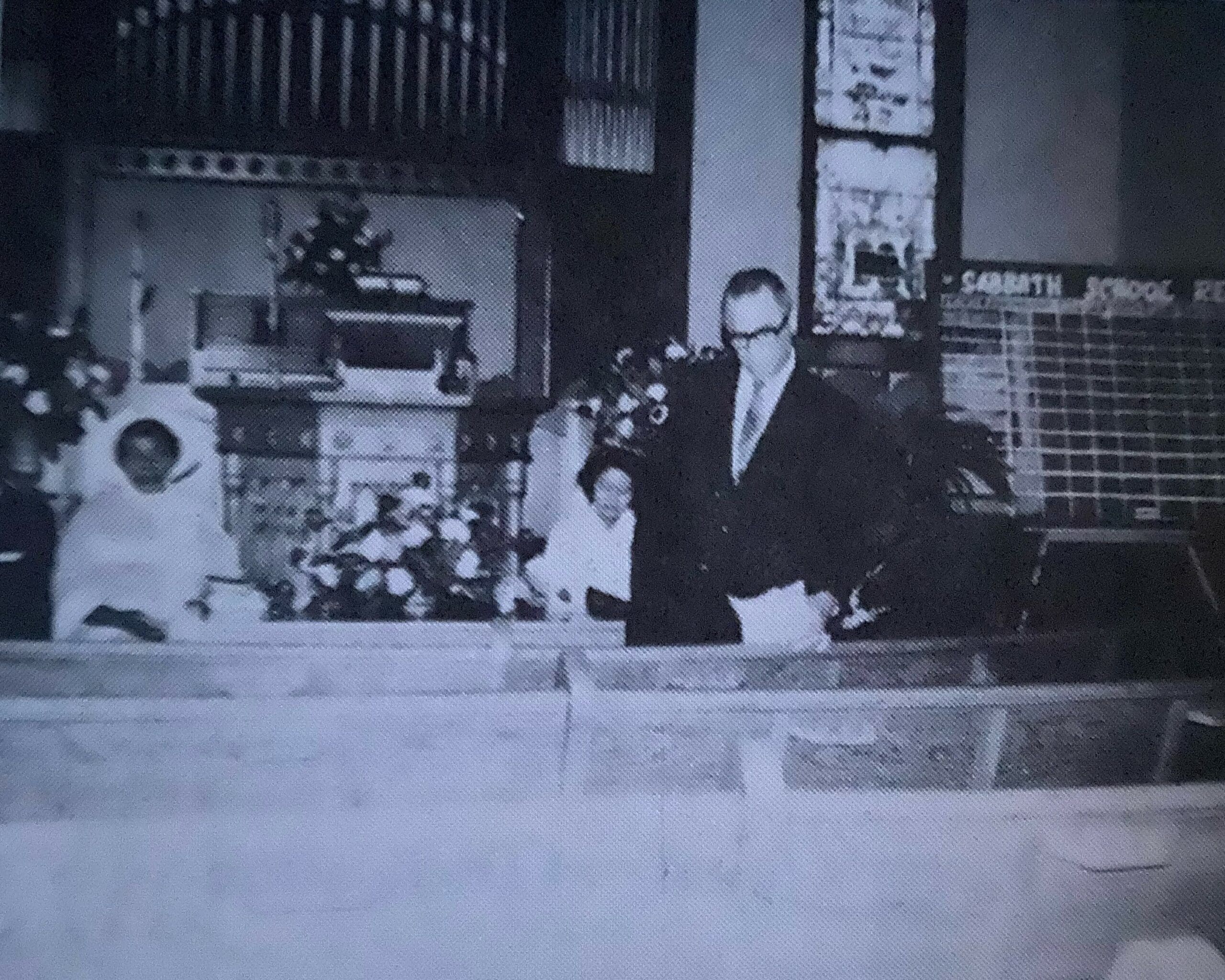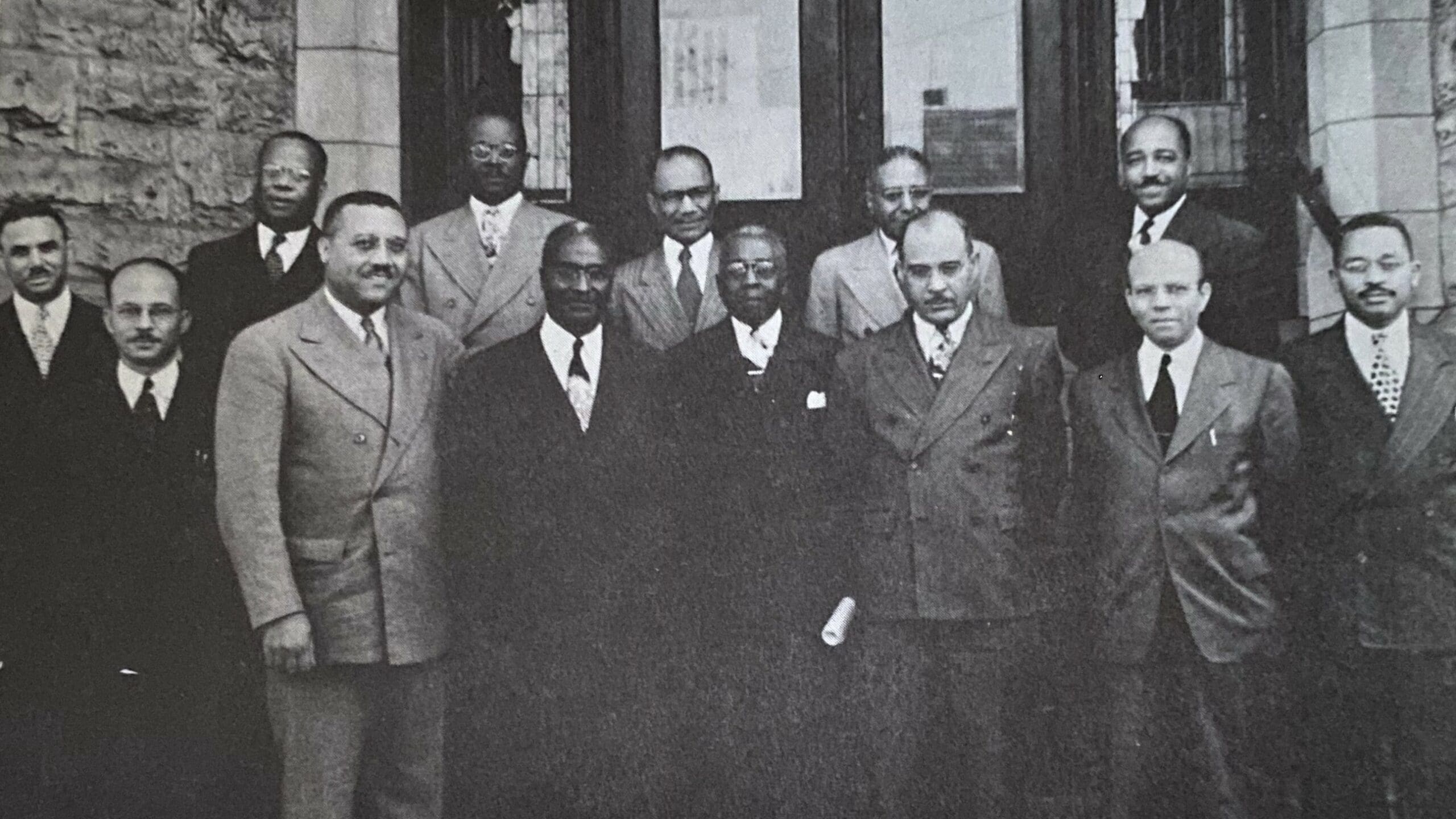History
of the Central States Conference of Seventh-day Adventists
Committed: Reignited By His Spirit
2024The theme of the CSC for this year 2024 is “Committed: Reignited By His Spirit”. And the 6 areas of commitment that our President has emphasized for the Conference are the following: Evangelism, Christian Education, Preparing our Youth for Leadership, Spiritual and Physical Growth of our Membership, Debt Elimination, and Healthy Pastoral Families. Our current membership, after some cleaning up of our churches’ membership rolls, stands at 9,379 members; which consists of 38 Churches and 18 Companies for a total of 56 congregations. To God be the glory, great things He has done!
Elder Roger Bernard elected as president
2016In June of 2016, Elder Roger Bernard, who had served as the Vice-President for Administration under the leadership of both Elders Charles Drake and Elder Maurice Valentine, became the President of the Central States Conference.
Maurice Valentine II elected as president
2012In June of 2012 Elder Maurice Valentine II was elected president of the Central States Conference. Elder Valentine established four core values for the Central States Conference (CSC): Accountability, Integrity, Honesty and Excellence. Central States Conference at that time had more than 50 employees and oversaw almost 40 churches in the nine state region of Mid-America.
Dr. Charles Drake III served as president
2009-2012Dr. Charles Drake III served as Conference President from 2009 to 2012. He initiated a theme of “Share the Hope” and encouraged growth through Evangelism, Stewardship and Nurture.
Elder G. Alexander Bryant elected president
1997-2008Elder G. Alexander Bryant served Central States as president for over 11 years and brought tremendous stability and growth to the conference.
100 for 1 Project
Under the leadership of President J Alfred Johnson II the conference started the project 100 for 1, a project to get every member personally involved in the ministry of the church.
Purchase of Administrative Offices
Be that as it may, a few years later under the leadership of President Paul Monk, the conference purchased its current office location. This purchase enabled Central States to not only have administrative offices but to also establish a Church School and house a Youth Center for the community. The membership and field continued to grow and each of the Presidents brought something special to advance the work in the region.
Selling Camp Shady Hill
One of the sadder times for many Central States members was when the conference had to sell Camp Shady Hill. Camp Shady Hill was a big youth camp where the entire conference gathered every summer for a two-week convocation. There they would worship and play together and enjoy the many outdoor activities that the camp had to offer. However, when the financial cost of upkeep became too much to bear, the conference had to sell the camp.
Sherman H. Cox elected 7th president
Sherman H. Cox, the seventh president of the Central States, emphasized big city evangelism.
Samuel Meyers elected 6th president
Samuel Meyers from California became the next president and oversaw a huge renovation of Camp Shady Hill. Meyers put a new roof on the camp pavilion, built a two story bookstore, a snack bar and a registration complex in an effort to enhance the camp.
Donald L. Crowder elected 5th president
1974Donald L. Crowder became the fifth president and the conference experienced a huge tithe increase under his leadership. By the end of 1974, the membership had grown to 4,246.
William S. Lee elected 4th president
1966William S. Lee became the fourth president of the Central States in 1966. He continued to encourage evangelism and also led the construction of a new office complex.
Evangelistic Field School
1964In 1964 Elder E.E. Cleveland from the General Conference Ministerial Association conducted an evangelist field school in St. Louis where more than 150 people were baptized resulting in the organization of the Shreve Avenue Church.

Walter W. Fordham elected president
1959At its organization, Central States had 17 churches and two companies and employed 20 full time pastors, bible workers, teachers, and office personnel. The conference continued to grow and develop in the following years and it became clear that God was leading and guiding its mission. Walter W. Fordham was elected president in 1959 and brought a fresh emphasis to evangelism. Under his leadership, new churches were established in Wichita, Kansas and Pueblo, Colorado and a school was established in St. Louis.

Early Growth
1952Under Bland’s visionary leadership, the mission grew and flourished to more than 2000 members in the next three years. Pastor C.E. Bradford was brought in to be the Central States evangelist and he continued to help grow the field baptizing people from Missouri to Colorado. Elder G.E. Peters from the General Conference offered great support and counsel to the new mission and was instrumental in helping it move from mission to conference status. At the time of its establishment, the Central States Conference comprised of six states. Missouri, Kansas, Nebraska, Iowa, Colorado and Wyoming. In 1952 the African American population of those six states was 423,565. The task and goal of the Central States was to tell these people of the love of God.
Establishment
1946-1952The Central States Conference was officially established on Sunday, November 9, 1952, however, its true origins date back to early 1946. That year the Central Union Mission submitted a request to the General Conference to establish the Central States Mission. The request was approved and the mission was organized on January 1, 1947 in St. Louis, Missouri with 789 members and Pastor T.M. Rowe as its President. Two years after the mission had been established Pastor F.L. Bland was asked to lead the six state mission territory.